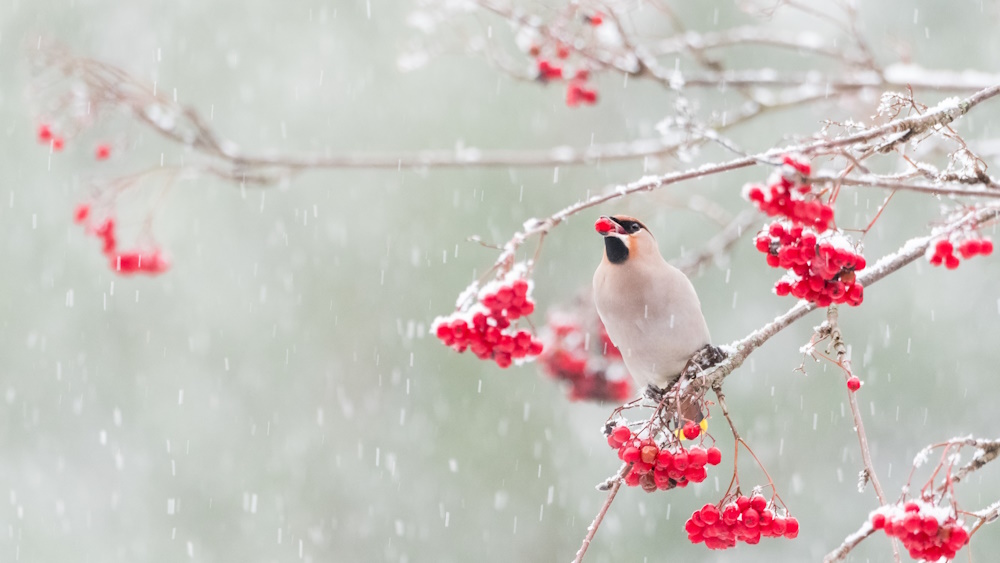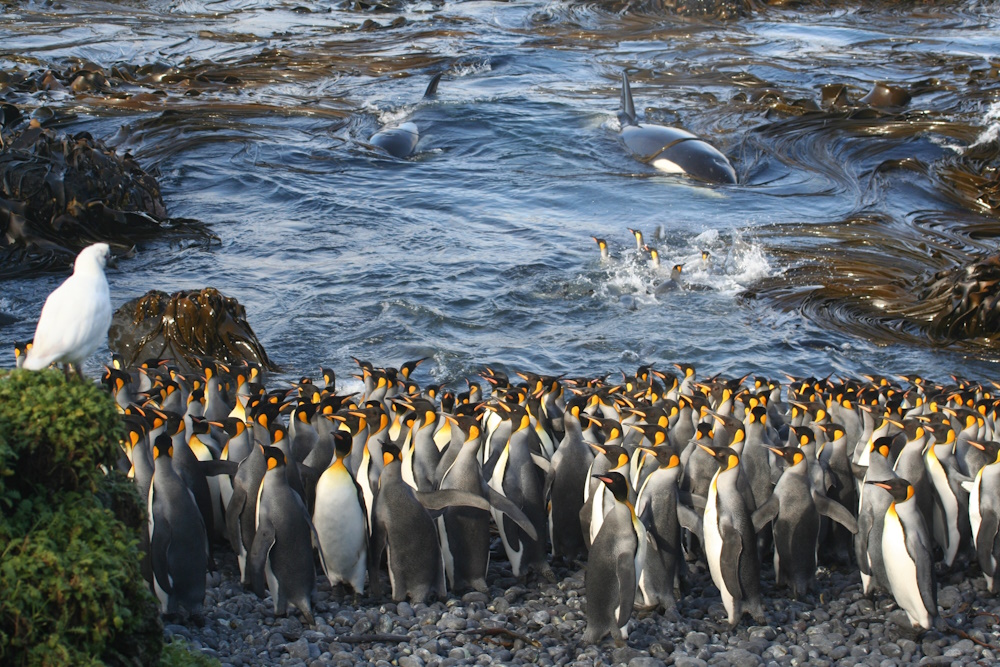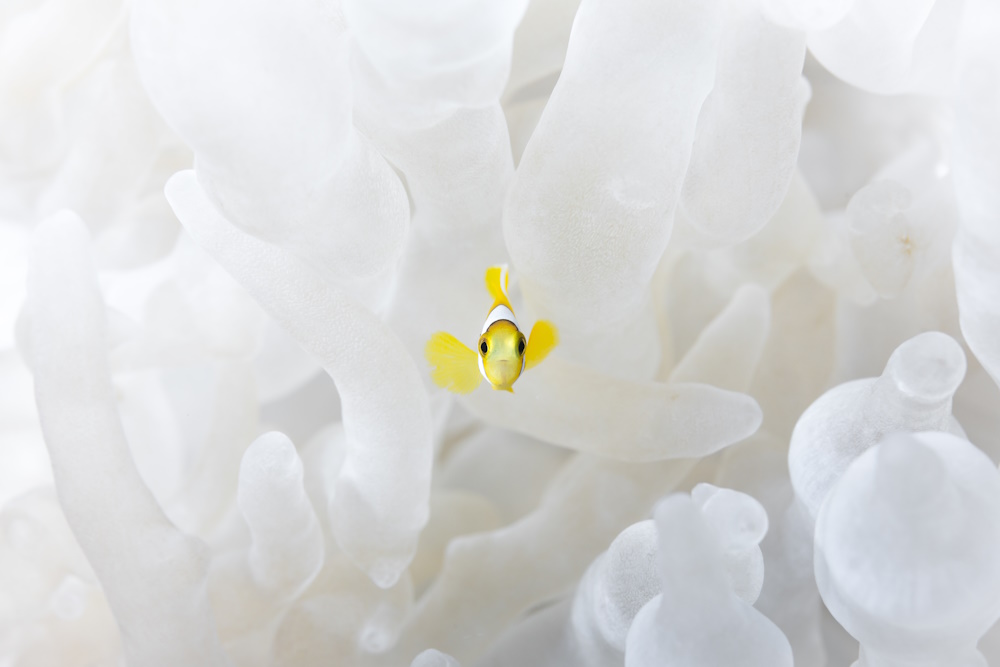Ecology and Environmental Science 2019
Shortlisted entries in the Ecology and Environmental Science category from the 2019 Royal Society Publishing Photography Competition.
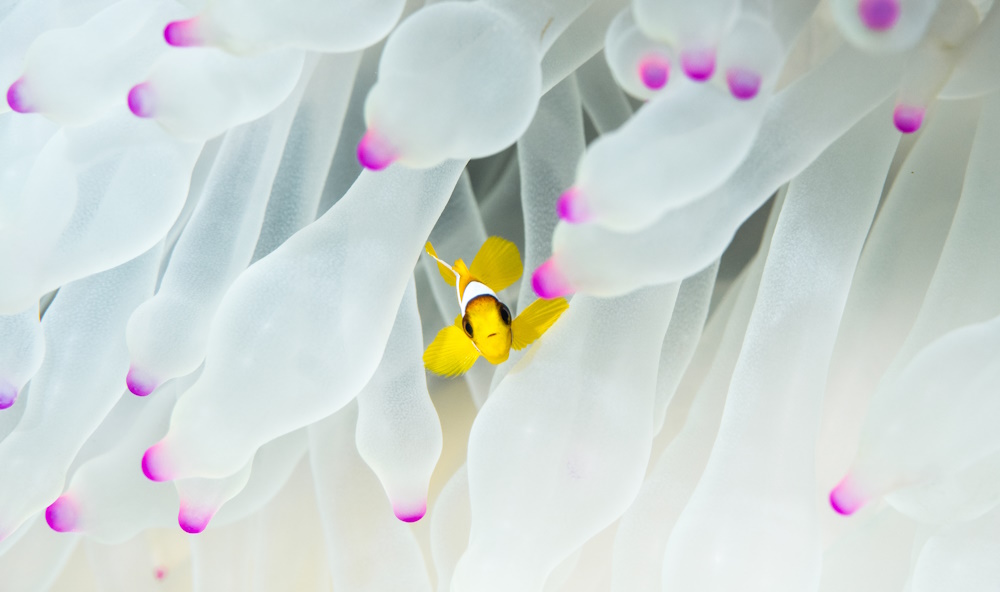
Ecology and Environmental science Winner 'Fade to white' by Morgan Bennett-Smith. 'A juvenile Red Sea clownfish (Amphiprion bicinctus) looks out from between the clear tentacles of a bleaching sea anemone (Entacmea quadricolor) in Thuwal, Saudi Arabia. Coral reef bleaching events impact entire ecological communities, not just coral species. When sea temperatures reach intolerable levels, many anthozoan species expel their symbiotic algal partners (zooxanthellae—symbiodiniaceae), which typically results in colour loss and high mortality. While reef-building corals may be the most direct victims of such events, other species can be similarly affected. Some sea anemones, for example, also expel their colourful symbionts during periods of climactic stress. In the central Red Sea, some of our work in the Reef Ecology Lab focuses on the impacts of anemone bleaching on clownfish-anemone dynamics. As bleaching events continue to increase in frequency and intensity, sea anemones, and their clownfish tenants, may feel the heat. In post production, I cropped the image into a wider format, sharpened slightly and white balanced. Camera: Olympus OMD EM1 II. Lens: Olympus 60mm 2.8 macro lens. I used 2 sea and sea YSD2J strobes. My base settings were ISO 200, shutter 1/125, F9.'
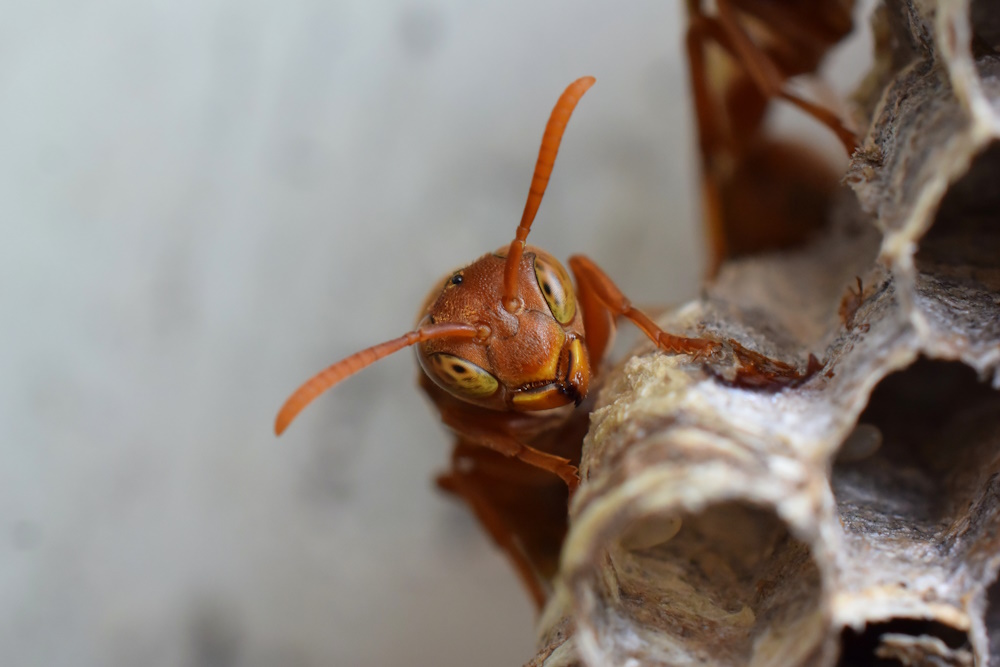
Ecology and Environmental Science Runner up 'A vigilant soldier' by Abhijeet Bayani. 'Ropalidia marginata is a primitively eusocial wasp found in southern India. Their nests are built in concealed places as they do not seem to have evolved any active safeguard against their deadliest predator, Vespa tropica. Having vigilant females on their nests can only alarm other nestmates but they do not impede Vespa from foraging on their brood. I found this out when I took this picture inside a tubelight panel and was stung by several vigilant soldiers. No post-processing for image was required. Camera: Nikon 1 V3. Lens: AF-S Micro NIKKOR 40 mm. Shutter speed: 1/60, ISO 800. Aperture: f/13. No flash.'
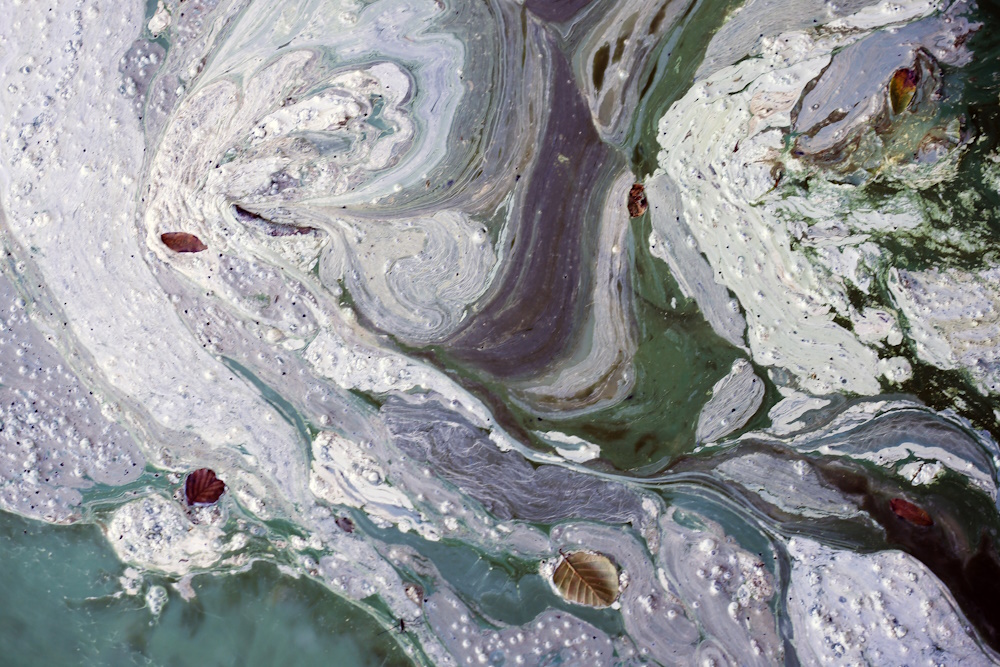
Ecology and Environmental Science Honourable mention 'Abstract water gallery' by Daniela Rapavá. 'In the Ľuboreč water reservoir in Slovakia, I came across blooming water lilies (Nymphoides peltata). Their long stems were rotting, and a white coating formed and spread across the lake. The coating is formed by microscopic algae and cyanobacteria, and contains green, blue and red plant colours. The increased incidence of natural pollution there is related to higher temperatures and low water levels. Where others may only see the pollution, the amazing beauty of this world was in fact created by nature through diffusion and flow. Nature adapts though, as after 2 weeks, the water had cleaned itself up. Post-processing involved adjusting brightness. Canon 6D; lens: F100mm, ISO 400, 1/160, f4.5 (macro lens EF 100mm 1:2.8 USM).'

